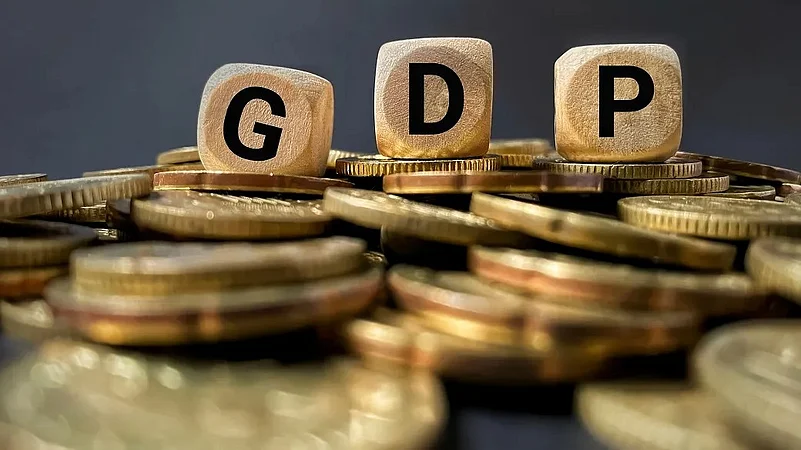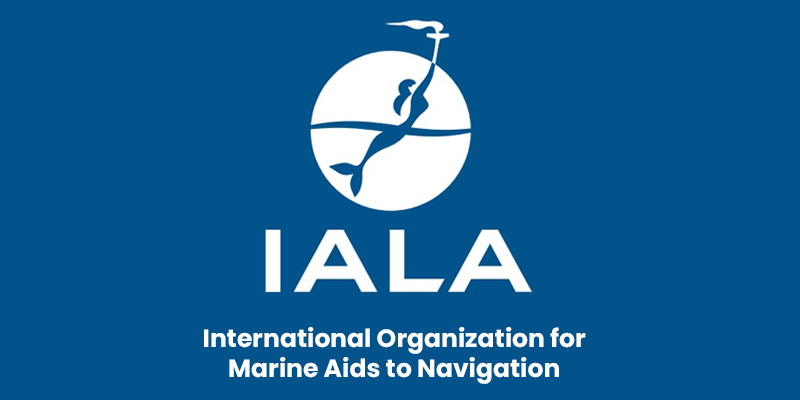New Growth Avenues Amid Reduced Railway Financing
Context:
The Indian Railway Finance Corporation (IRFC) is actively exploring new business opportunities and diversifying its lending portfolio as its traditional role of financing Indian Railways’ rolling stock and infrastructure projects has diminished.
More on News
- With the railways no longer seeking fresh funding from IRFC since FY24, the company is now evaluating lending options to sectors with forward and backward linkages to the railway ecosystem.
About Indian Railway Finance Corporation (IRFC)
Indian Railway Finance Corporation (IRFC) is a public sector undertaking under the administrative control of the Ministry of Railways. It was established on December 12, 1986, as a dedicated financing arm to raise resources for the expansion and modernisation of Indian Railways.
Key Functions:
- Funding Role: IRFC primarily raises funds from domestic and international markets to finance the acquisition of rolling stock assets and infrastructure projects for Indian Railways.
- Business Model: The company leases these assets to Indian Railways, earning rental income. Despite no fresh funding from Indian Railways since FY24, IRFC has reported significant revenue growth.
Diversification Efforts:
- New Lending Opportunities: IRFC is exploring new business avenues by diversifying its lending portfolio to include companies with forward and backward linkages to the railways.
- Credit Policy: The company has developed a detailed credit policy and is establishing a business development division to support these new initiatives.
A Shift in Business Strategy
- Shift in Raising Funds: Historically, IRFC has been instrumental in raising funds from domestic and international markets to finance the acquisition of rolling stock, leasing these assets to Indian Railways and earning rental income.
- However, the government’s decision to reduce indirect debt obligations has led to a fundamental shift in IRFC’s business model.
- Since FY24, railway funding through IRFC—which previously fell under Extra Budgetary Resources (EBR)—has been discontinued.
- Direct Budgetary Support: Instead, the Ministry of Railways has increasingly relied on direct budgetary support, which is projected to reach ₹2.65 lakh crore in FY26.
- This shift has impacted IRFC’s income growth, prompting the company to explore alternative revenue streams.
- Detailed Credit Policy: To adapt to these changes, IRFC has developed a detailed credit policy and is in the process of establishing a dedicated business development division with the necessary expertise to support its diversification strategy.
Diversification to Unlock Growth
- In FY26, Indian Railways expects ₹10,000 crore, or 3.78% of its total capital expenditure, to come from public-private partnerships (PPPs) under the EBR framework.
- Given this evolving funding landscape, experts believe that IRFC’s diversification into new lending segments will create fresh growth opportunities.
- A parliamentary panel has also recommended that the government develop a mechanism to allow IRFC to finance projects of other ministries and organisations.
- Leveraging IRFC’s strong financial standing as a premier Non-Banking Financial Company (NBFC) in global markets could enhance funding options for critical infrastructure projects beyond the railways sector.
Strong Financial Position and Borrowing Strategy
- To optimise its borrowing costs, IRFC actively taps both domestic and international financial markets. As of December 2024, its foreign currency borrowing portfolio exceeded $9 billion, comprising:
- $5.76 billion in foreign currency loans
- $3.25 billion in offshore bonds
- Over the years, IRFC has financed Indian Railways with ₹5.5 lakh crore for various infrastructure projects. While it does not directly control how the railways deploys these funds, its financing is structured as a lease agreement, ensuring that IRFC retains ownership of the assets.
Sustained Revenue Growth Despite Challenges
- Despite the absence of fresh railway funding, IRFC has maintained strong financial performance, reporting a compound annual growth rate (CAGR) of over 19% in revenues.
- The company’s focus on new revenue streams and optimized borrowing strategies positions it well for continued growth in the evolving financial landscape.
As IRFC embarks on this strategic diversification, it aims to strengthen its role as a key financial player beyond the railway sector, leveraging its expertise and market credibility to drive sustainable expansion.


